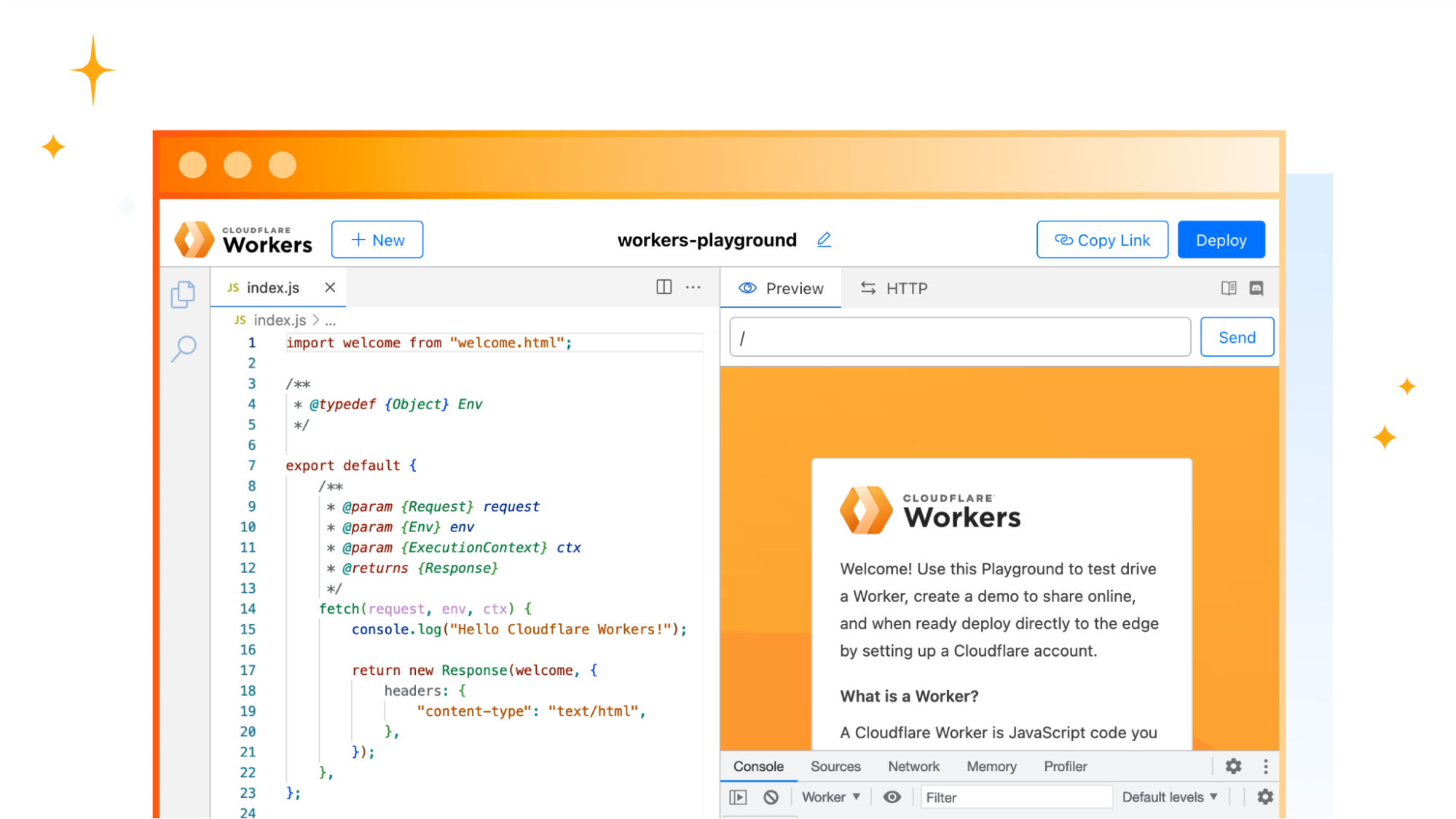Author Archives: Adam Murray
Author Archives: Adam Murray

As developers, we’ve all experienced times when our code doesn’t work like we expect it to. Whatever the root cause is, being able to quickly dive in, diagnose the problem, and ship a fix is invaluable.
If you’re developing with Cloudflare Workers, we provide many tools to help you debug your applications; from your local environment all the way into production. This additional insight helps save you time and resources and provides visibility into how your application actually works — which can help you optimize and refactor code even before it goes live.
In this post, we’ll explore some of the tools we currently offer, and do a deep dive into one specific area — breakpoint debugging — looking at not only how to use it, but how we recently implemented it in our runtime, workerd.
console.log. It might be the simplest tool for a developer to debug, but don’t underestimate it. Built into the Cloudflare runtime is node-like logging, which provides detailed, color-coded logs. Locally, you can view these logs in a terminal window, and they will look like this:

Outside local development, once your Worker is deployed, console.log statements are visible via Continue reading


Since the very initial announcement of Cloudflare Workers, we’ve provided a playground. The motivation behind that being a belief that users should have a convenient, low-commitment way to play around with and learn more about Workers.
Over the last few years, while Cloudflare Workers and our Developer Platform have changed and grown, the original playground has not. Today, we’re proud to announce a revamp of the playground that demonstrates the power of Workers, along with new development tooling, and the ability to share your playground code and deploy instantly to Cloudflare’s global network.
When Workers was first introduced, many of the examples and use-cases centered around middleware, where a Worker intercepts a request to an origin and does something before returning a response. This includes things like: modifying headers, redirecting traffic, helping with A/B testing, or caching. Ultimately the Worker isn’t acting as an origin in these cases, it sits between the user and the destination.
While Workers are still great for these types of tasks, for the updated playground, we decided to focus on the Worker-as-origin use-case. This is where the Worker receives a request and is responsible for returning the full response. In Continue reading


In November, 2022, we introduced deployments for Workers. Deployments are created as you make changes to a Worker. Each one is unique. These let you track changes to your Workers over time, seeing who made the changes, and where they came from.

When we made the announcement, we also said our intention was to build more functionality on top of deployments.
Today, we’re proud to release rollbacks for deployments.
As nice as it would be to know that every deployment is perfect, it’s not always possible - for various reasons. Rollbacks provide a quick way to deploy past versions of a Worker - providing another layer of confidence when developing and deploying with Workers.
In the dashboard, you can navigate to the Deployments tab. For each deployment that’s not the most recent, you should see a new icon on the far right of the deployment. Hovering over that icon will display the option to rollback to the specified deployment.

Clicking on that will bring up a confirmation dialog, where you can enter a reason for rollback. This provides another mechanism of record-keeping and helps give more context for why the rollback was necessary.

Once you enter Continue reading